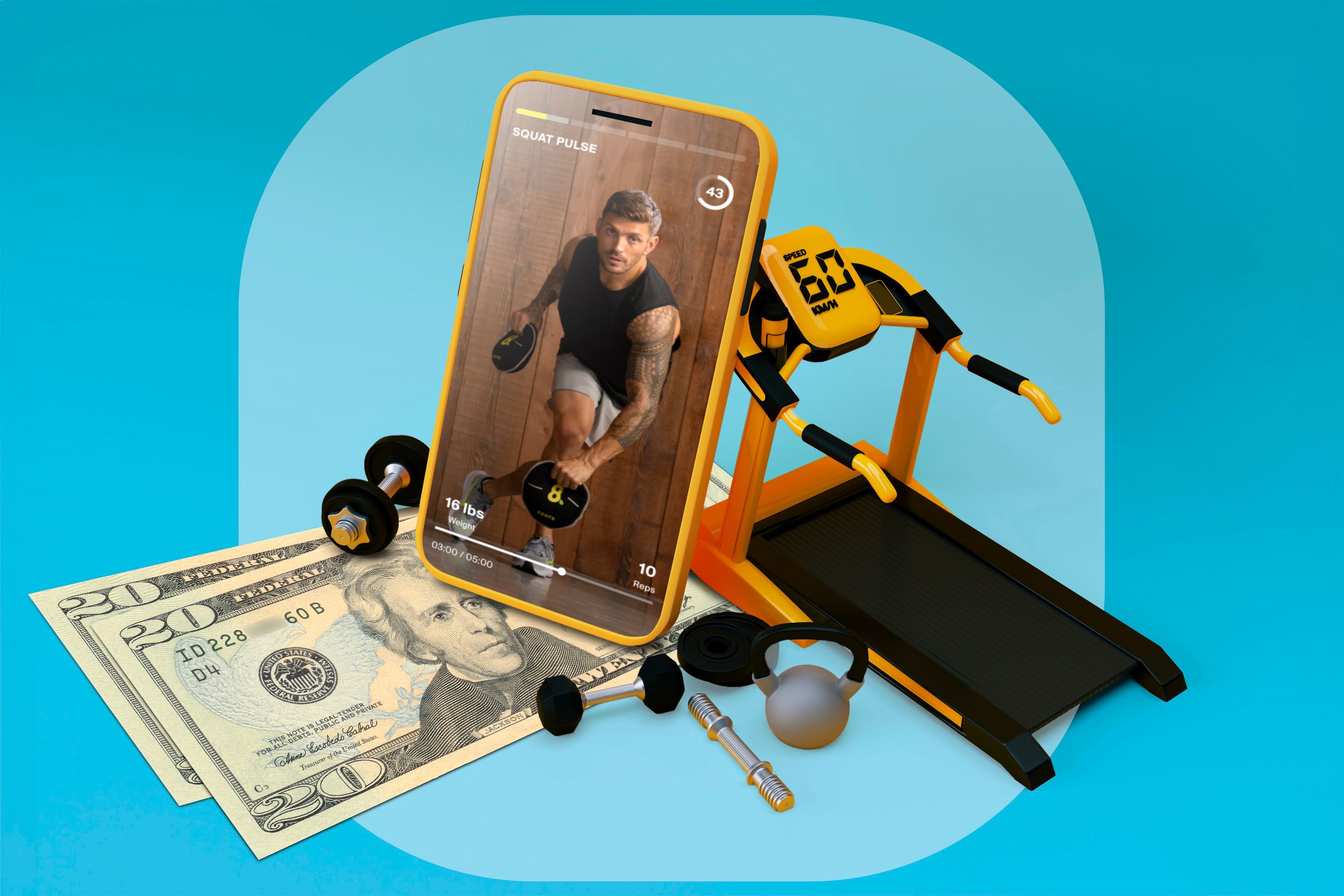Fitness
Fitness Apps Just Keep Getting Better (If You Pay for Them)

Key Takeaways
- Popular apps like Centr have high-quality training programs, but come with a steep price.
- If you subscribe to apps for workout programs, yoga exercises, nutrition planning, and mental wellness, then your monthly payments can add up quickly.
- Balancing fitness app subscriptions can be tricky, but using multiple free apps can sometimes replace the need for one expensive subscription.
We all love using cool gadgets to improve mundane activities like working out or eating healthy. That’s why it’s so great to see that fitness apps and smart devices are constantly getting better. With more features becoming locked behind paywalls, though, it’s worth considering if premium fitness services are must-haves.
How Monetization Changes Fitness Apps
At the most basic level, fitness apps should make it easy to set goals, track progress, or gamify the fitness journey. Beyond that, trends show that people are willing to pay for advanced features like daily exercise videos, personalized nutrition guides, and integration with wearable fitness trackers. Monetization makes it possible for these helpful features to exist in the first place, but it’s important to balance your physical health with your financial health.
Consider the Peloton app–it’s a great fitness tool even if you don’t own a Peloton bike, and it offers a rotating selection of free exercise classes ranging from strength workouts to Pilates and more. The monetization kicks in with a $13/month subscription if you want complete access to the entire library of classes and live metrics. Upgrading to Peloton App+ for $24/month is the only way to get cadence tracking, third-party device integration, and special exclusive classes.
Centr is one of the most popular fitness apps right now due in no small part to the involvement of Chris Hemsworth. It comes with a particularly steep subscription of $30/month, but you do get what you pay for: high-quality training programs, home and gym workouts, and even detailed meal plans. Not everyone uses just one fitness app, though. Adding a dedicated running or yoga app to your routine, like Strava or Asana Rebel, for example, you could quickly find yourself paying $50 or more each month just for fitness app subscriptions.
Wellness Subscriptions Add Up Fast
Wellness subscriptions, like those you might find in your fitness app, can certainly have enormous health benefits when you approach them with the right mindset. It can become a slippery slope, though, when you also factor in subscriptions for life coaching, diet and nutrition, and sleep-tracking apps. It’s not particularly uncommon for a health-conscious individual to have a spread of wellness subscriptions that looks like this:
- Sweat for exercises and workouts ($20/month)
- MacroFactor for nutrition and meal tracking ($6/month)
- Success Coach for life coaching and habit tracking ($15/month)
- Headspace for meditation and stress relief ($13/month)
No doubt, using these subscriptions together can contribute to better physical fitness and positive mental health. If these services fit comfortably into your budget, then you can definitely justify making the expense for the sake of personal wellness. In the event of monthly costs piling up too much, though, you also have the option of exploring free or low-cost alternatives.
While some fitness apps like Centr require a subscription (or limited-time free trial) to access any of their features whatsoever, there are certainly alternatives that offer a limited yet functional set of similar features entirely for free. You can make the most of these free options by using multiple apps in tandem to replicate the functionality of a paid app.
For instance, Nike Training Club and Nike Run Club work well together to satisfy both your workout and cardio needs. Both apps are completely free and don’t even have paid options available, meaning you won’t feel like you’re missing out by choosing not to subscribe. Between these two apps, you’ll get a variety of instructor-led classes, mileage tracking, and Apple Watch compatibility.
Of course, there’s also the option of taking a hybrid approach. If your workout regimen is the most important aspect of your personal fitness journey, then a subscription to a dedicated personal trainer app could be the best place to allocate your monthly budget. You can then cut costs elsewhere by using an old-fashioned method for your diet planning or calorie counting. Consider a simple solution, like printing a spreadsheet to keep yourself accountable.
Fitness affects everyone. That’s why we will continue to see new health-related gadgets like the Galaxy Ring and innovative new fitness apps until the end of time. The improvements in fitness apps are absolutely worth being excited about, but if we lose track of how much we’re paying for wellness services, they can do more harm than good.









